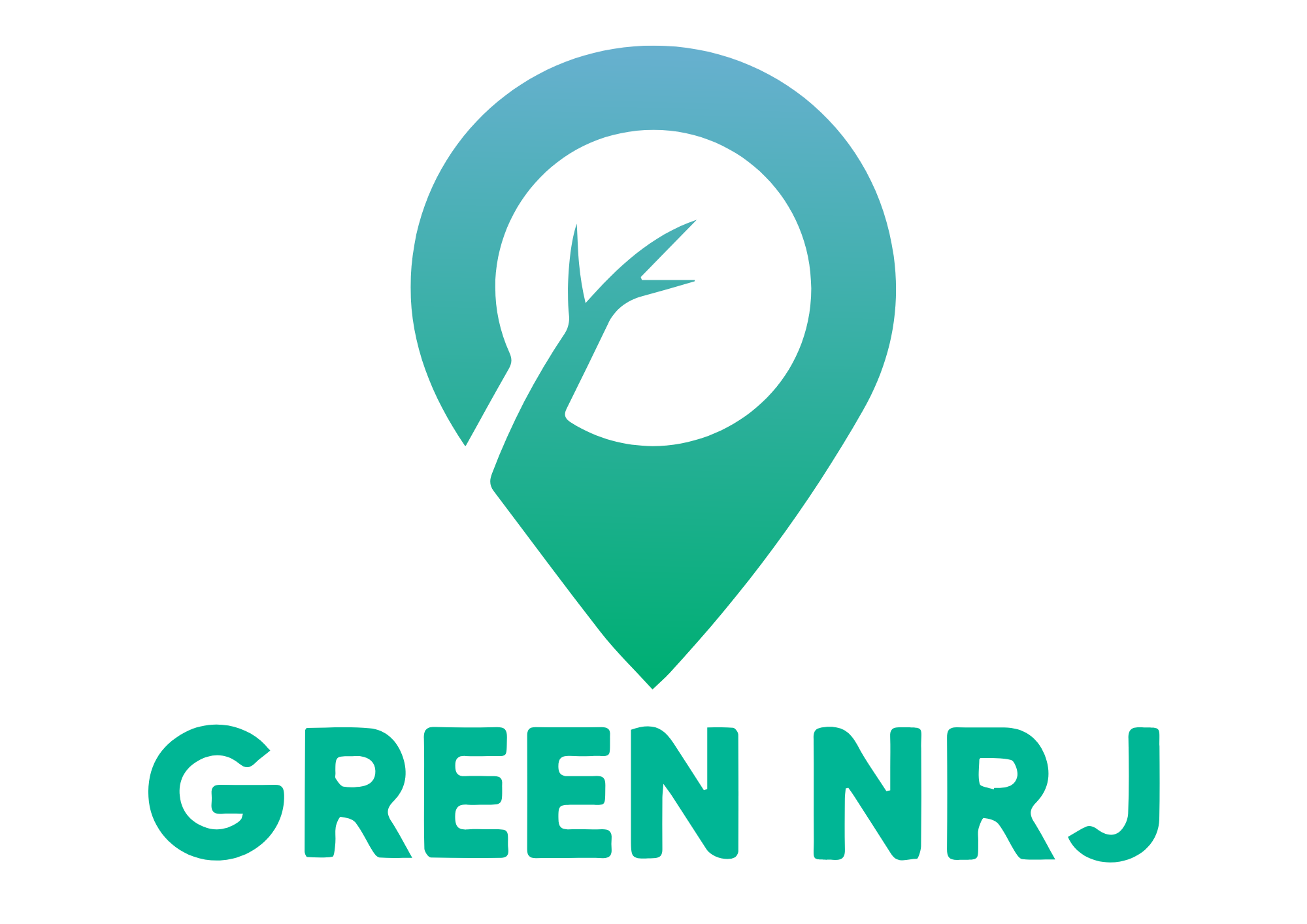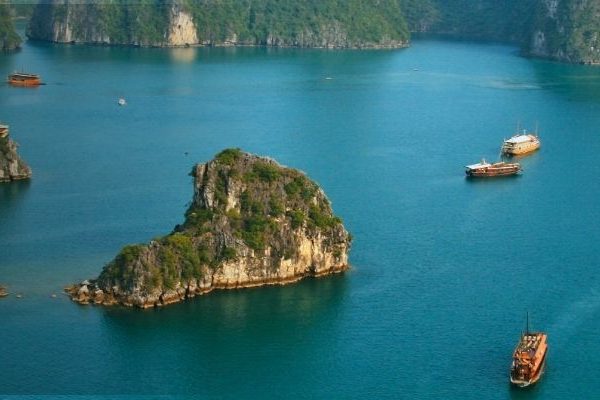1. Exceptionally Competitive Labor Costs – Lower Overheads, Higher Margins
Minimum Wage Levels by Region (2025)
Vietnam maintains a multi-tiered regional minimum wage structure that remains among the lowest in the region under Decree 74/2024/ND-CP. This structure ensures flexibility for foreign investors to choose labor-intensive regions that align with their cost-efficiency goals.
|
Region |
Monthly Minimum Wage (VND) |
Approx. in USD |
|
Region I |
4,960,000 |
~$196 |
|
Region II |
4,410,000 |
~$175 |
|
Region III |
3,860,000 |
~$153 |
|
Region IV |
3,450,000 |
~$137 |
Region I includes major urban areas such as Ho Chi Minh City and Hanoi, which are key economic hubs. These regions tend to have higher operational costs but offer access to skilled labor, advanced infrastructure, and strong commercial networks. In contrast, Region IV covers rural and underdeveloped areas, where labor costs are significantly lower, providing businesses with opportunities to reduce overhead costs while still accessing a capable workforce.
This regional wage structure provides investors with flexibility in labor placement, allowing them to strategically scale production depending on the intensity of labor required and the cost-efficiency they seek. Businesses involved in manufacturing, textiles, electronics, and furniture can particularly benefit from this system. Foreign companies can take advantage of the lower labor costs in regions with minimal infrastructure, increasing their competitiveness while maintaining productivity.
Investor Advantage: The multi-tiered wage structure in Vietnam enables foreign companies to maintain cost-efficient operations by strategically locating labor-intensive production in regions with lower wage requirements. This contributes to improved profit margins without sacrificing output or product quality, making Vietnam an attractive destination for investment in sectors such as manufacturing and electronics.
Average Monthly Income (Q1 2025)
Vietnam’s national average income in Q1 2025 was 8.3 million VND/month (~$321) across all sectors, reflecting a 9.5% YoY increase. The income varies by location:
- Urban workers: ~10.1 million VND/month
- Rural workers: ~7.2 million VND/month
This increase highlights a growing middle class while maintaining affordability for employers.
Investor Advantage: Businesses can access a young, cost-efficient, and increasingly skilled labor force in Vietnam, offering both affordability and opportunities for talent development. This makes Vietnam an attractive destination for investment across various industries.
Regional Comparison
Vietnam’s labor costs are significantly lower than those of neighboring countries, providing a cost-efficient advantage for businesses.
|
Country |
Avg. Monthly Labor Cost |
|
China |
$600+ |
|
Malaysia |
$500+ |
|
Thailand |
~$450 |
|
Vietnam |
~$321 |
Investor Insight: With labor costs much lower than China, Vietnam is an attractive destination for companies looking to relocate production due to global supply chain shifts. This competitive labor cost, combined with a skilled workforce, makes Vietnam a top choice for investment in manufacturing and production.
2. Business-Friendly Policies and Attractive Tax Incentives
Vietnam’s government actively promotes a business-friendly environment through regulatory reforms and incentive programs aimed at attracting foreign direct investment (FDI). These initiatives include favorable corporate income tax rates, customs and import incentives, and land use benefits.
Corporate Income Tax (CIT)
Vietnam offers one of the most competitive tax regimes in Southeast Asia for foreign investors. The standard corporate income tax rate is 20%, with additional tax incentives for eligible projects:
- 10% CIT for 15 years for high-tech projects or those located in economic zones.
- 17% CIT for projects in underdeveloped or priority sectors.
- Tax exemptions for up to 4 years and a 50% CIT reduction for the next 9 years.
These incentives follow the latest investment promotion policies and are subject to specific project types, locations, and regulatory approvals.
Investor Benefit: Startups and tech firms can significantly reduce their tax burden, improving ROI and accelerating breakeven points, making Vietnam an attractive destination for new investments.
Customs and Import Incentives
Vietnam offers import duty exemptions for raw materials, machinery, and components that are not locally available. This is particularly beneficial for businesses in research, development, and manufacturing, as it reduces production costs and supports industries that depend on advanced equipment or imported materials.
Foreign-invested companies in economic zones and high-tech parks also enjoy reduced or zero land lease fees for up to 15 years, further encouraging investment in these areas. The National Single Window system simplifies customs procedures by allowing businesses to submit all required documents through a centralized online platform. This streamlines the process, reduces bureaucracy, and improves efficiency, enabling faster customs clearance.
Land Use Incentives
Vietnam provides land use fee exemptions and reductions for investment projects in:
- Economic zones
- High-tech parks
- Areas with difficult socio-economic conditions
Investor Benefit: Reduced land costs enable large-scale industrial projects (factories, logistics hubs) to scale efficiently and affordably, enhancing overall operational cost-effectiveness.
3. Strategic Infrastructure Expansion Enhancing Logistics & Connectivity
Vietnam’s ongoing infrastructure development projects are set to significantly improve logistics and connectivity, benefiting businesses across various sectors, particularly manufacturing, logistics, and e-commerce. Key projects scheduled for completion by the end of 2025 include:
Ongoing Mega Projects (2025 Targets)
- Long Thanh International Airport (Phase 1)
Expected to be completed by the end of 2025, Long Thanh International Airport will be one of the largest airports in Vietnam, with an annual capacity to handle 25 million passengers. This new hub will improve air transport capacity, connecting Vietnam more efficiently with global markets.
- North–South Expressway
Vietnam targets completion of 1,188 km of expressways in 2025, expanding the national network to over 3,000 km under the master plan for transport development. This major road infrastructure expansion will improve the movement of goods across the country, reducing travel time and operational costs for businesses.
- Coastal Port Upgrades
Key ports, such as Cai Mep–Thi Vai, are being expanded to accommodate larger vessels, enhancing Vietnam’s capacity to handle higher volumes of imports and exports. These port upgrades are crucial for boosting the efficiency of Vietnam’s logistics sector and enabling businesses to streamline their supply chains.
Investor Advantage: Improved connectivity and transportation infrastructure will significantly enhance import/export efficiency, benefiting businesses in industries such as manufacturing, logistics, and e-commerce. Faster transportation of goods will lower costs, improve delivery times, and increase market access for companies operating in Vietnam.
Public-Private Partnerships (PPP)
Vietnam actively encourages investment through Public-Private Partnerships (PPP) in several critical areas:
- Transport infrastructure (roads, ports, rail)
- Renewable energy
- Smart cities
Investor Insight: Foreign investors can take advantage of Vietnam’s PPP framework to partner with the government in capital-intensive, long-term infrastructure projects. This collaboration offers mutual benefits and reduced risk by leveraging both public and private sector resources, ensuring sustainable growth and development in key sectors like transportation, energy, and urban development.
4. Strategic Geographic Location and Global Trade Integration
Vietnam’s strategic location and strong trade partnerships make it a key player in global trade. The country offers significant advantages for businesses looking to expand in the Asia-Pacific region and beyond.
Geographic Advantage
Vietnam’s position provides easy access to major regional markets, enhancing its role as a global trade hub:
- Borders with China: Facilitating cross-border trade with one of the world’s largest economies.
- Gateway to ASEAN: Connecting businesses to the fast-growing ASEAN market.
- Proximity to key markets: Short shipping times to countries like Japan, Korea, and Australia.
- Coastal Access: Vietnam boasts over 3,200 km of coastline with deep-sea ports, enabling efficient international shipping.
Investor Advantage: Vietnam’s geographic location is ideal for companies looking to optimize logistics and establish regional distribution centers, providing cost-effective and efficient access to key global markets.
Strong FTA Network
Vietnam is a member of several key Free Trade Agreements (FTAs), further enhancing its appeal for foreign investment:
- CPTPP (Comprehensive and Progressive Agreement for Trans-Pacific Partnership): Includes countries like Japan, Canada, and Australia.
- EVFTA (EU-Vietnam Free Trade Agreement): Offers access to the European Union market.
- RCEP (Regional Comprehensive Economic Partnership): Connects Vietnam with China, Korea, Japan, and other ASEAN countries.
- ASEAN FTAs: Extends preferential trade terms with India, Australia, and New Zealand.
Policy Highlight: Under Circular 32/2019/TT-BYT, products imported from CPTPP member countries are exempt from the Certificate of Free Sale (CFS) requirement when registering cosmetics in Vietnam.
This exemption lowers regulatory barriers for foreign cosmetic brands and supports deeper trade liberalization within the CPTPP framework.
Investor Insight: Foreign companies operating in Vietnam benefit from preferential tariffs, simplified rules of origin, and enhanced export opportunities, particularly in Europe and Asia. This FTA network opens doors for businesses to expand their markets and reduce trade barriers, making Vietnam a strategic base for international operations.
5. Political Stability and Economic Growth Outlook
Vietnam’s political stability and strong economic performance make it an attractive destination for foreign investment. With consistent growth and a reliable business environment, Vietnam offers a secure foundation for long-term investments.
According to the Ministry of Planning and Investment (MPI), Vietnam attracted significant FDI inflows in 2025, driven by manufacturing, infrastructure, and high-tech sectors. The World Bank highlights Vietnam’s stable macroeconomic environment and supportive investment policies.
Strong Economic Performance
- Consistent GDP Growth: Vietnam has maintained an impressive GDP growth rate of 6-7% annually over the past decade, reflecting its dynamic economy and business-friendly environment.
- 2025 Growth Forecast: Vietnam’s GDP is projected to grow by 6.3% in 2025, Vietnam’s GDP is forecast to grow by 6.3% in 2025, according to government estimates, maintaining its position as one of ASEAN’s top-performing economies. Political stability under its single-party system ensures consistent and predictable regulatory reform, making it a safe and reliable destination for long-term investment..
Political Stability
Vietnam operates under a stable one-party system, providing predictable legal and economic reforms. This political consistency reduces the risk of sudden changes in policies, ensuring a stable environment for businesses.
Investor Benefit: Foreign investors can enjoy long-term investment protection in Vietnam, where political stability minimizes risks and disruptions compared to other emerging markets. The country’s consistent growth and reliable policies offer a secure foundation for sustainable business operations.
Conclusion: Vietnam Is the Smart Choice for Foreign Investors in 2025
Vietnam’s investment environment in 2025 offers an unrivaled combination of:
- Low labor costs with increasing productivity
- Robust legal and tax incentives across key industries
- Strategic infrastructure growth enhancing regional access
- Broad global trade integration through FTAs
- Political and economic stability driving sustainable growth
Whether you’re an international manufacturer, tech startup, logistics company, or infrastructure investor, Vietnam provides the right conditions for success in a dynamic and fast-growing economy.
Need assistance navigating the investment process? Green NRJ provides expert guidance for foreign investors looking to establish operations in Vietnam, including incorporation, licensing, tax planning, and ongoing legal support.






